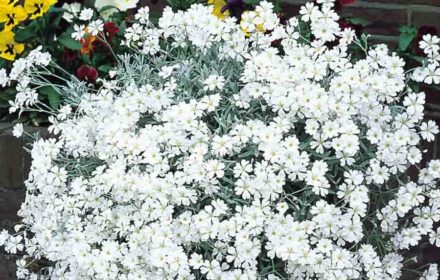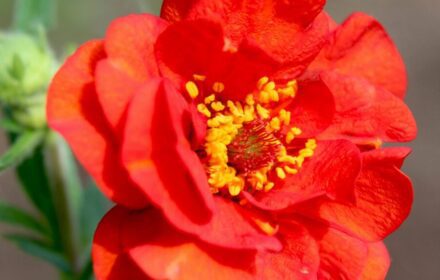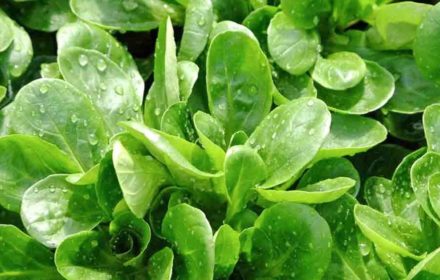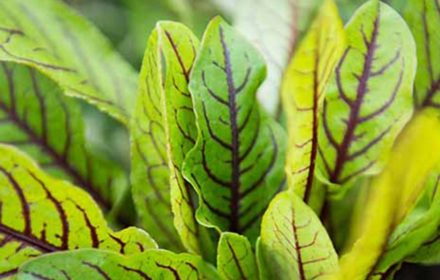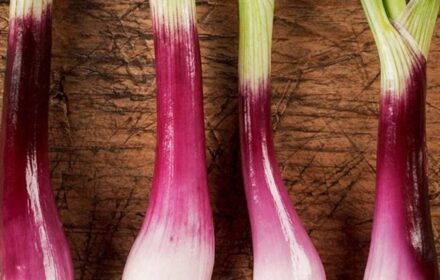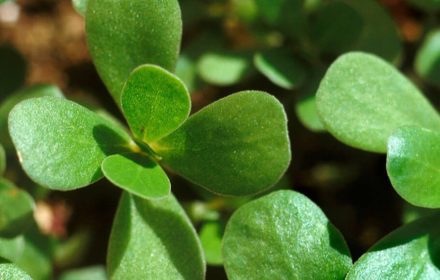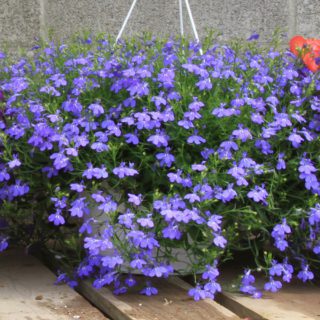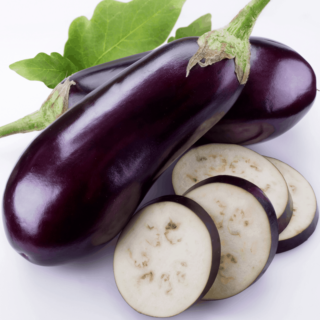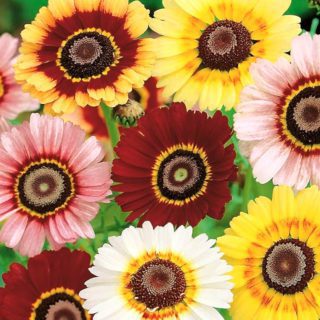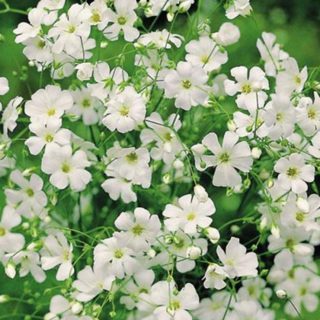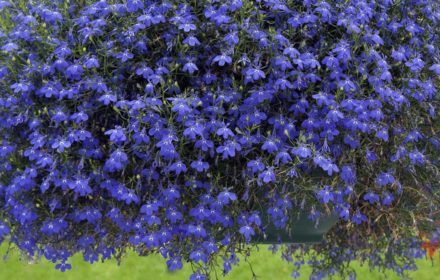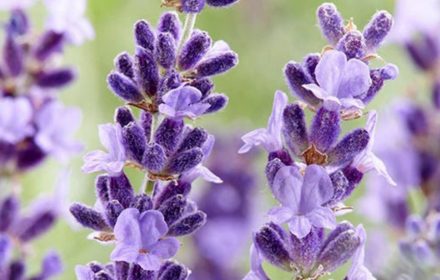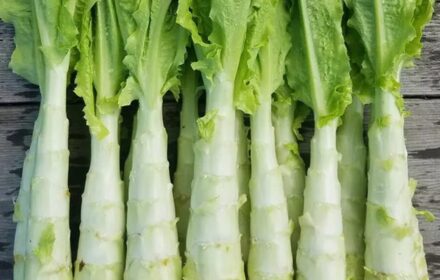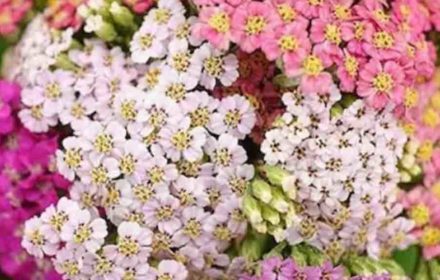How to Sow and Grow Livingstone Daisy (Ice Plant) Seeds in the UK
Livingstone Daisy (Dorotheanthus bellidiformis), commonly known as the Ice Plant, is a colourful and easy-to-grow flower perfect for UK gardens. With vibrant blooms sitting atop fleshy, deep green foliage, these plants create a stunning display in containers, borders, or rock gardens. Their drought tolerance makes them ideal for poor, dry soils, adding a splash of colour throughout the summer.
Why Grow Livingstone Daisy (Ice Plant)?
- Drought-Tolerant: Thrives in dry, sandy, or rocky soil, making it perfect for gardens with poor soil quality.
- Vibrant Colours: Produces a variety of colourful flowers, including pink, red, yellow, and white.
- Easy Maintenance: Once established, they require little care and are resistant to most common pests.
- Ground Cover: Forms a low-growing mat, ideal for ground cover in sunny areas.
When to Sow Livingstone Daisy Seeds
- Indoors: Sow seeds indoors from late winter to early spring (February to April) to give the plants a head start.
- Outdoors: Direct sowing is not recommended in the UK due to fluctuating temperatures.
How to Sow Livingstone Daisy Seeds
Indoor Sowing
- Seed Trays or Pots: Fill trays or pots with free-draining, fine-grade sowing compost.
- Surface Sowing: Scatter the seeds on the surface of the compost without covering them. Livingstone Daisy seeds require light to germinate.
- Moisture and Humidity: Lightly mist the surface with water and cover the tray with clear or milky polythene wrap to maintain humidity.
- Temperature: Keep trays in a warm location with a constant temperature of 15-20°C. Avoid temperatures above 20°C, as this can reduce germination rates.
- Germination Period: Seeds typically germinate within 7-10 days under optimal conditions.
Transplanting and Spacing
- When to Transplant: After 5 weeks, when seedlings have developed a strong root system and their first true leaves, they can be transplanted outdoors.
- Hardening Off: Gradually acclimate the seedlings to outdoor conditions by placing them outside during the day for a week before planting.
- Spacing: Space plants 10-12 cm apart to allow room for growth and airflow.
Caring for Livingstone Daisy Plants
- Sunlight: Plant in full sun for the best blooms. Livingstone Daisies thrive with at least 6-8 hours of direct sunlight daily.
- Soil and Watering: Well-drained, sandy, or poor soil is ideal. Avoid heavy or clay soils unless well-drained. Water sparingly once established. Overwatering can lead to root rot.
- Fertilisation: Fertilisation is not usually necessary, but a light application of general-purpose fertilizer can be applied once during the growing season to boost flowering.
- Pest Control: Protect young plants from slugs and snails, which can damage tender seedlings. Use organic barriers or slug pellets as needed.
Common Questions About Growing Livingstone Daisy Seeds
- Can Livingstone Daisies grow in containers? Yes, they thrive in pots and containers. Ensure the container has good drainage, as they dislike sitting in waterlogged soil.
- Do Livingstone Daisies self-seed? Yes, they self-seed easily, allowing for continuous blooms in subsequent years if left undisturbed.
- How long do they bloom? Livingstone Daisies bloom from June to October under the right conditions, providing long-lasting colour.
By following these steps, you can enjoy a stunning display of vibrant, low-maintenance Livingstone Daisies in your UK garden. Their drought tolerance, bright blooms, and ease of care make them a fantastic choice for any gardener.


